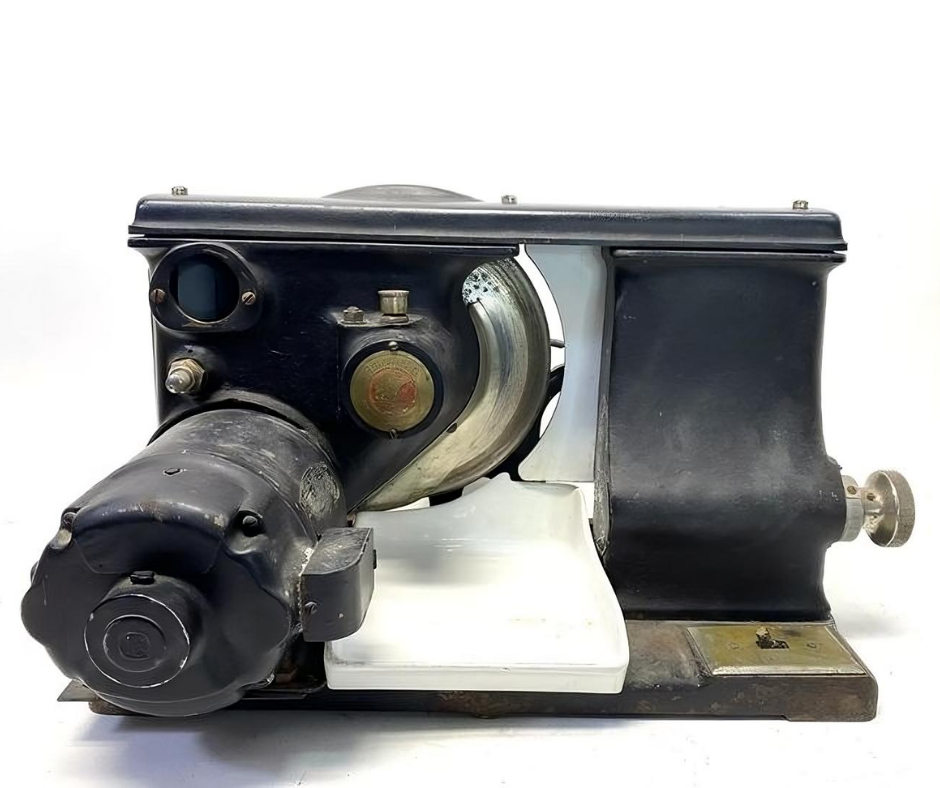Heritage of the Antique Meat Slicing Machine
The antique meat slicing machine, generally referred to as a vintage slicer, traces its origins back to the late 19th and early 20th centuries. Wilhelm van Berkel, a Dutch butcher, is credited with inventing the 1st business meat slicer in 1898. Berkel’s invention revolutionized the meat marketplace by introducing a equipment that could slice meats with unparalleled precision and speed. His slicers immediately attained attractiveness, spreading throughout Europe and inevitably making their way to The us.
Early products of these machines were hand-cranked and constructed from forged iron and metal, built to be each long lasting and productive. As know-how highly developed, electrical versions emerged, further more strengthening efficiency and simplicity of use. These devices were often superbly crafted, that includes intricate types and ornate specifics that make them extremely collectible today.

Use of the Antique Meat Slicing Equipment
The primary use of the antique meat slicing machine was, of course, to slice meats—such as ham, salami, and other deli products—into uniform, slim slices. This was in particular essential for butchers and delicatessens, in which precision slicing could drastically have an effect on the excellent and presentation of the product. The uniform slices not only improved the visible appeal but also ensured steady flavor and texture.
To work the early hand-cranked designs, the person would position the meat on a sliding tray and protected it with a clamp. As the crank was turned, the meat would pass in excess of a rotating blade, producing flawlessly sliced parts. The introduction of electrical versions simplified this course of action, permitting for even more quickly and additional dependable slicing with much less manual effort and hard work.
In addition to meat, these devices could also be utilised to slice other food items like cheese and vegetables, generating them multipurpose equipment in both equally business and property kitchens.
Legacy of the Antique Meat Slicing Equipment
The legacy of the antique meat slicing machine is multifaceted, encompassing its impact on the foods marketplace, its role in kitchen heritage, and its status as a collectible merchandise. These machines substantially greater performance in meat processing and deli operations, location the stage for modern foods preparation strategies.
Collectors and lovers highly prize antique meat slicing equipment today. Their sturdy building, intricate layouts, and historic importance make them sought-immediately after items. Restored designs are usually shown in kitchens, eating places, and museums as a testomony to their engineering excellence and aesthetic attractiveness.
Moreover, these devices symbolize the innovation of their time. They reflect a period of time when manual craftsmanship and mechanical ingenuity converged to produce tools that were being not only practical but also is effective of art. The enduring attraction of antique meat slicing equipment lies in their means to evoke a perception of nostalgia and appreciation for the technological enhancements that shaped modern day food processing.
In conclusion, the antique meat slicing machine represents a sizeable milestone in culinary heritage. Its growth marked a change in direction of increased effectiveness and precision in foodstuff preparation, leaving a long lasting impact on the sector. Right now, these equipment are celebrated for their historic benefit, craftsmanship, and enduring legacy.


